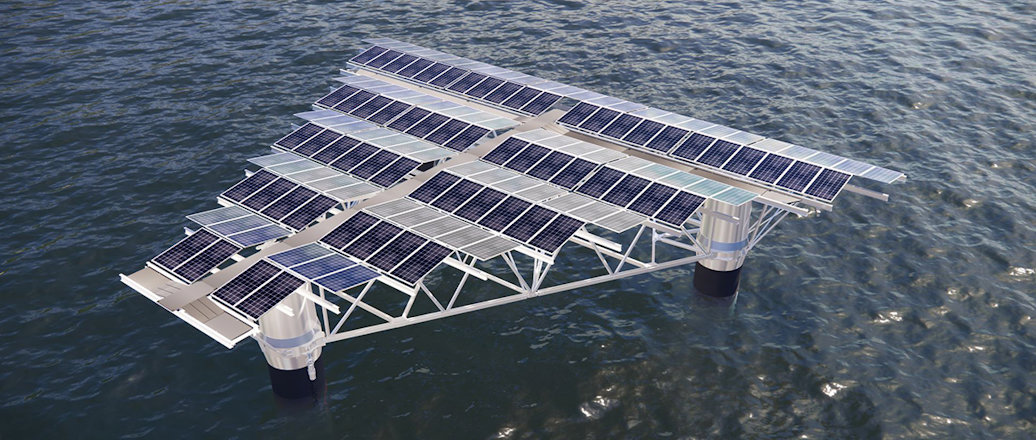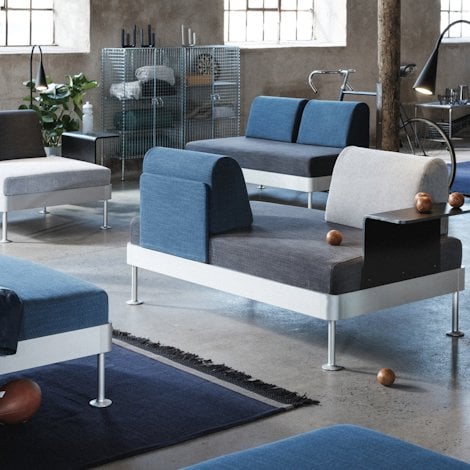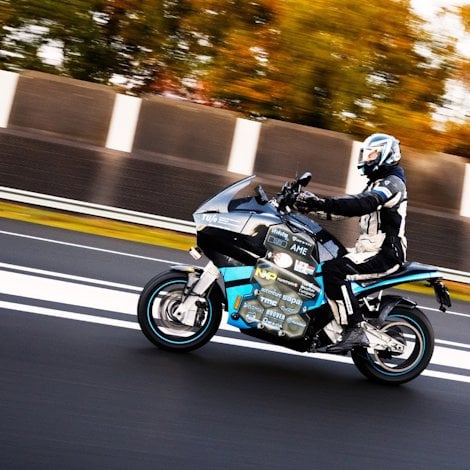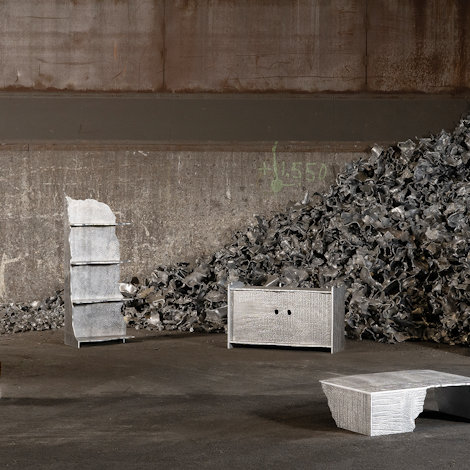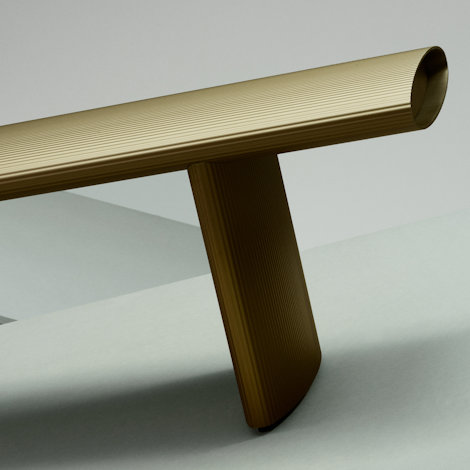How bringing different stakeholders together can bring a creative idea to market
I grew up on the water and always wanted to sail. Being colorblind, unfortunately, meant that a professional career at sea was off the table. But I always look out at the water for inspiration. I look outside and ask myself, where is the world going? Can we use this domain for other things than ships?
I am convinced the sea plays a very important role is solving some of the challenges we face today. Ranging from nutrition, hydration and habitation, given the right technology and our responsible behavior, the sea has much to offer. However, everything starts with energy. This led to inspirational discussions with like-minded people. Soon, the idea was born to start developing offshore floating solar solutions. This led to the establishment of SolarDuck in April 2019.
I could never have done this alone. I studied economics and business administration. I am not a technician or an engineer.
Background in shipping
I spent some 10 years with the Damen Shipyards Group, which is the largest builders of seagoing vessels in the Netherlands. I ended up as strategy director, but I knew that our idea was aligned with their core business. Together with the Damen family, we had open discussions. I ended up leaving Damen, but they saw the potential and came along as a shareholder of this new company. Sometimes, the structure changes, but the relationship remains.
What we have now is more than just a business idea: In just a short period of time we have progressed from having an idea to actually building a small size, but full scale, solar park that is going to be tested in the North Sea. Let me explain how we have gotten to this point.
Renewable initiatives can be good business
I see the world changing. I see my daughters growing up. The question arises: What will we leave behind for them? Powered by the conviction that we should utilize capabilities to do good.
In our team, we have exceptional capabilities, and we came to the realization that this is a solvable problem. The offshore industry initially focused on offshore oil and gas, but for the past 20 years the focus has expanded to offshore wind, which has seen unprecedented growth.
However, the majority of the world’s population lives in areas where there is no sustained wind, but ample sunshine. Another problem is that in many places, the availability of dry land is scarce. So the question was whether we could develop concepts where people can generate their own solar electricity offshore. If you can venture in early, this – like many other sustainable initiatives – most likely is a very sustainable business as well.
Using technology to find the answer
The first platforms we looked at were full offshore heavy-duty platforms. Cool stuff, but far too expensive. You have to deal with the occasional 20-meter-high wave. The cost of electricity would become very high and the business case goes out the window. So we looked at where people actually live.
Most of these people do not have to face the full fury of the sea. They live close to shore and often near relative sheltered waters. So then you reduce the height of the waves to 3-4-5 meters. Hurricane-proof. Transmission lines short. Ideally three or four kilometers offshore.
I talked with some colleagues at Damen and other people in my network and they said we could do it. That the technology was out there and we could come up with the answer.
Solar experts, structural engineers and material competence
We have a really good technical team. We brought together hydro-dynamical experts, solar experts, experts on materials and composites, engineering firms and universities. We have a lot of competencies available within the team. It was necessary.
Having spun out of Damen also came with advantages. Being more flexible and agile means we can make easier arrangements, look outside and collaborate.
An example is the aluminium company Hydro. I knew next to nothing about aluminium before SolarDuck. They are experts with the material. They helped select the beams and the alloy and designed extrusions that would be as sturdy and light as possible. Working together is a true pleasure, we learn a lot and have open discussions about the future.
In the next phases, we want to optimize the design of the structure to reduce the amount of aluminium used per platform. We feel this one still has too much material in it. We may even wind up with our own extrusion. And with our sustainability campaign, we need low-carbon materials, which they can provide.
Fusing maritime knowledge with solar knowledge
What we have done is create a unique design that fuses maritime expertise with solar knowledge. We have created a solar rig, basically, then put the best photovoltaics on top of it. And it is scalable in design. Solar modules reduce in their efficiency when they get hot. Our solution keeps them cooler, due to the sea water temperatures. So we expect these to perform better than the ones you put on the roof of your house.
I believe that collaboration drives performance in general, and especially when you are a startup. I am happy to see the collaborations we have setup with Damen, DSM, Chint Solar, Engie, Hydro and others. We have a solution that will work and we are going to make a responsible use of the sea.
The entrepreneurial spirit has always been there. This feels exciting. Now we have to earn our paychecks.

